When it comes to maintaining good health, there’s no denying the importance of a balanced diet. A crucial component of a well-rounded diet is incorporating plenty of healthy vegetables. Vegetables are low in calories, high in nutrients, and packed with fiber, making them an ideal food for those looking to improve their health. In this blog post, we’ll explore the benefits of eating healthy vegetables and provide tips for incorporating them into your diet.
Continue readingProper Food Handling Practices
Food safety is essential to prevent the spread of illness and disease. Proper food handling practices can reduce the risk of food contamination, which can lead to foodborne illness. In this blog post, we’ll discuss some of the best practices for food safe handling.
Continue reading →Dos and Don’ts of Sanitation and Housekeeping
Sanitation and Housekeeping
Pest control doesn’t take the place of good sanitation. The cleaner your premise is, the easier it will be for you to control pests.
DO
• Store all food and supplies at least 15 cm (six inches) of the floor so you can watch for signs of pests.
• Keep grains and open bulk food products in sealed metal or heavy plastic containers.
• Keep break rooms, washrooms and locker rooms clean and dry.
DON’T
• Don’t accept any shipment that shows signs of pests, like gnawing or feces.
• Don’t keep cardboard packaging around. It can carry cockroach eggs.
• Don’t let spilled food attract pests. Clean up any spills right away.
• Don’t leave garbage where it will attract pests. Store it properly.
YorkSafe Food Handler’s Guide, 2019
Top 10 Improper Food Handling Practices That Cause Foodborne Illness:
Top 10 improper food handling practices that cause foodborne illness:
- Improper cooling 30 per cent
- Advance preparation 17 per cent
- Infected person 13 per cent
- Inadequate reheating for hot holding 11 per cent
- Improper hot holding 9 per cent
- Contaminated raw food or ingredient 5 per cent
- Unsafe source 4 per cent
- Use of leftovers 3 per cent
- Cross-contamination 3 per cent
- Inadequate cooking 2 per cent
Dr. Frank Bryan, Journal of Food Protection, 1988
Food Safety Tips during Grocery Shopping
Food safety is an important issue for everyone including parents, cooks and chefs. We want to make sure you are cooking your food safely so it doesn’t hurt anyone, including yourself. Food poisoning has serious consequences that can last long after the initial illness. It’s worth making sure you’re doing it right!
This blog post will cover some of the most common mistakes people make when buying food at the grocery. There are many different types of bacteria that can get into your food if you aren’t careful, which is why we’ll go over a few things you should be paying attention to while shopping at the grocery before preparing food at home.
Thanksgiving Dinner | Turkey
Thanksgiving is a day when families get together and celebrate thanks for a good harvest. Families host thanksgiving dinners where they invite their friends and family members to come to share in the festivities. Thanksgiving dinner can be a perfect time to spend with others during a pandemic, especially because this is one of the few holidays that center around food and thanks rather than gifts or celebrations.
How To Prevent a Cooking Fire in the Kitchen
- Never leave cooking appliances unattended. An unattended cooking appliance is the number 1 cause of cooking fires.
- Wear short or close-fitting sleeves. Loose clothing can catch fire.
- Clean cooking surfaces to prevent food and grease build-up.
- Keep curtains, towels and pot holders away from hot surfaces.
- Store solvents and flammable cleaners away from heat sources.
- Turn pan handles inward to prevent accidental spilling.
How To Properly Extinguish a Kitchen Cooking Fire
- Slide a pan lid over flames to smother a grease or oil fire, then turn off the heat source and leave the lid in place until the pan cools.
- Make sure a dry chemical fire extinguisher is located near to the cooking area.
- Never use water or flour on grease fires.
- If you have a fire in the oven, leave the door closed and shut off the heat to smother the fire.
How to check if your food is cooked
- Insert the clean and calibrated meat thermometer probe into the thickest part of the meat or food
- Wait for a few minutes until the reading stops at the current temperature.
- Continue cooking until you reach the desired temperature based on the table below.
- Remove the probe and clean the thermometer.

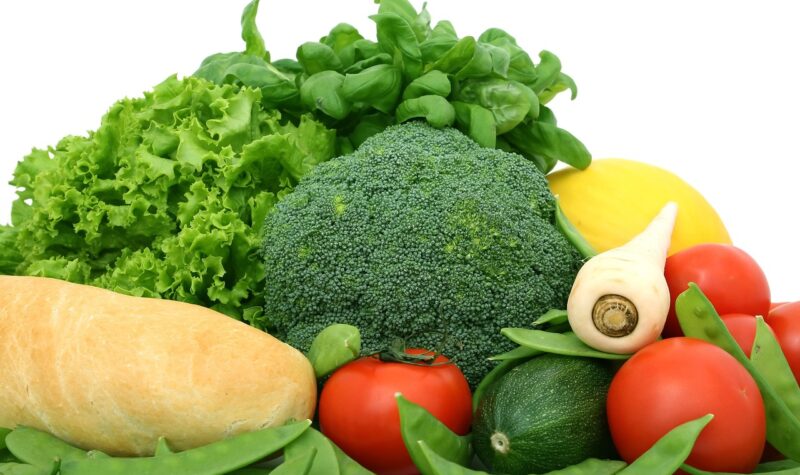

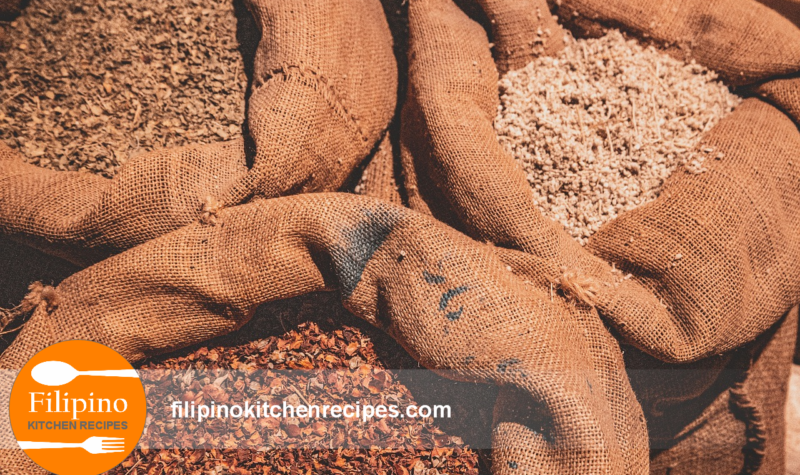

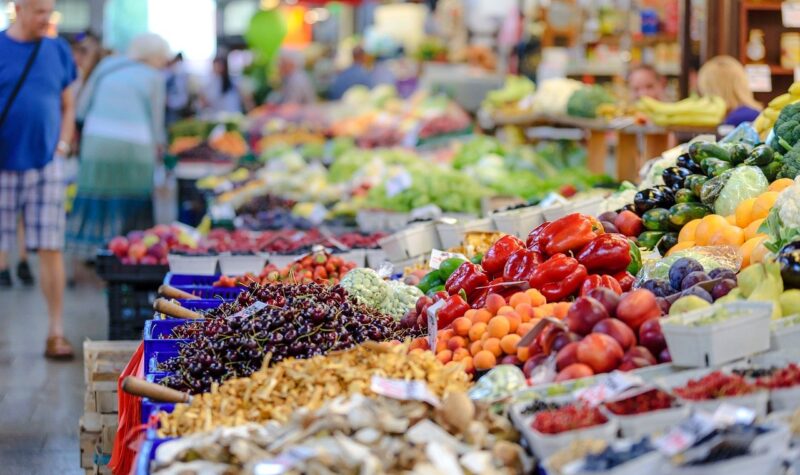

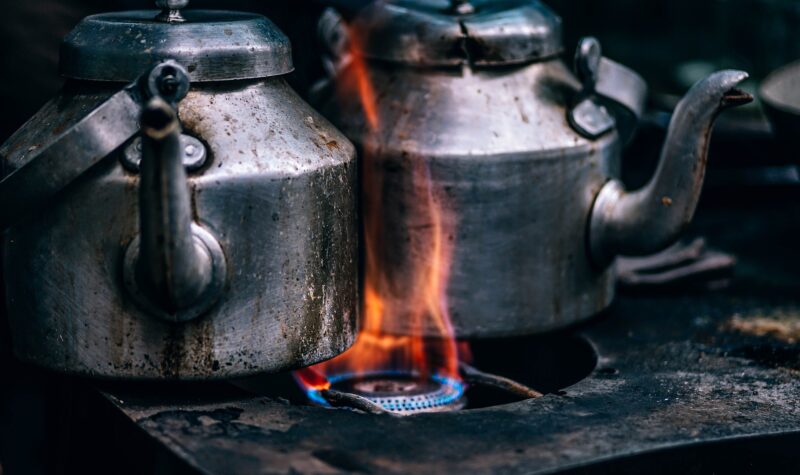
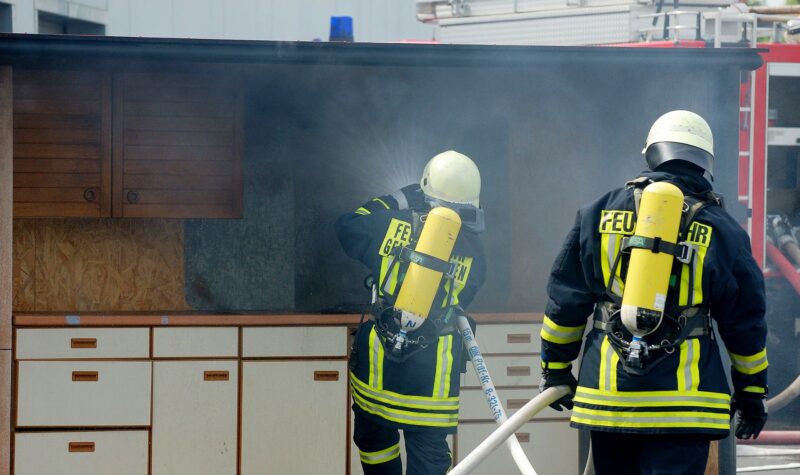
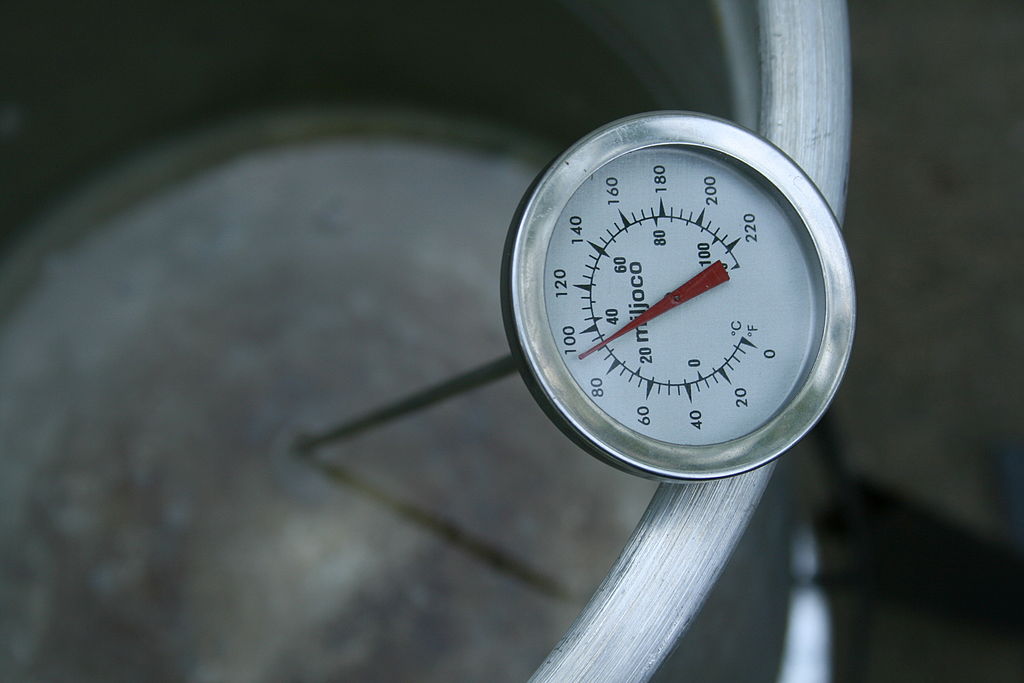
Recent Comments